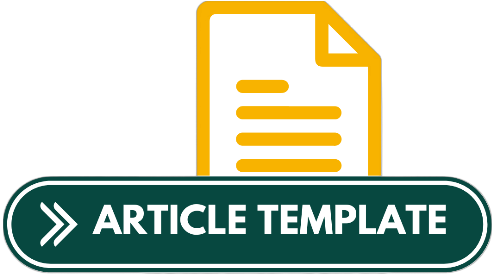Perkiraan Tinggi Standar Lantai Jembatan Terhadap Pengaruh Muka Air Banjir
DOI:
https://doi.org/10.32722/pt.v19i1.2722Keywords:
flood analysis, HEC-RAS hydrograph, bridge deck elevationAbstract
One of the bridge crossing of the Ciliwung River at the upstream side entered DKI-Jakarta area is MT. Haryono Bridge, where the bridge has the heavy and jam traffics. Every rainy season, water level of Ciliwung River flood always increase, where the peak point of the flood was occured on February in 2007, the water level exceeded the bridge deck level. Therefore, it would be necessary to determine a height standard of the bridge deck of MT.Haryono bridge against to the water level of Ciliwung River when the peak flood occured, the existing of the elevation at the below of the bridge deck is + 18.50 meter and the elevation above the bridge deck is + 19.50 meter. Hydrology analysis using Log Pearson type III performed to determine the data of average daily and yearly rainfall around of catchment area of Ciliwung River with using the water level control point near Kalibata Bridge and the flood hydrograf was calculated using synthetic hydrograph method from Nakayasu. Hydraulic analysis utilized the of HEC-RAS software (4.1) using the maximum value of hydrograph unit and consists of two simulations, where the first is simulation of calibration model of Ciliwung River at the upstream side based on the flood occured on February 04th 2007 (called as Q2007) and the second simulation using some scenarios for some return period of 2, 5, 10, 20,50, 100 years. Every result of both simulations generates the height of bridge deck from the water level of flood according to the exsisting requirements. From these results, it could be determined the elevation of bridge deck for return period of flood for the peak flood 2007 and for 2, 5, 10, 20, 50, 100 yearly, and, such as +19.50, +20.50, +21.00, +21.10, +21.80, + 22.10 dan 22.00 meter.Downloads
References
Anonim, 2008, Perencanaan dan Detail Desain Penataan Kali Ciliwung dari Pintu Air Manggarai ke Hulu, PT. Daya Cipta Dianrancana, Jakarta.
Anonim, 2017. Rencana Detail Penanganan Banjir Jabodetabekjur (2), Balai Pengelolaan Daerah Aliran Sungai Ciliwung Cisadane, Jakarta.
Bambang Triatmodjo, 2010, Hidrologi Terapan, Beta Offset, Yogyakarta.
Heriantono Waluyadi, 2007, Kajian Penanganan Banjir Kali Ciliwung DKI Jakarta Ditinjau Dari Aspek Hidro-Ekonomi Tesis, Program MPBA, Sekolah Pascasarjana, UGM, Yogyakarta.
Istiarto, 2010, Simulasi Aliran 1 – Dimensi Dengan Bantuan Paket Program Hidrodinamika HEC RAS, Modul Pelatihan, Program MPBA, Sekolah Pascasarjana,UGM, Yogyakarta.
Mangapul Parlindungan Tambunan, 2005, Pola wilayah genangan air di daerah aliran Ciliwung (studi kasus Wilayah Jakarta periode La-Lina) Desertasi, Fakultas Geografi, Universitas Gadjah Mada.
Soemarno,1995, Hidrologi, Aplikasi Metode Statistik Untuk Analisa Data, Nova, Bandung.
Sri Harto BR, 2000, Hidrologi, Teori, Masalah, Penyelesaian, Nafiri, Yogyakarta.
Downloads
Published
How to Cite
Issue
Section
License
Copyright (c) 2020 Jurnal Poli-Teknologi

This work is licensed under a Creative Commons Attribution-ShareAlike 4.0 International License.







